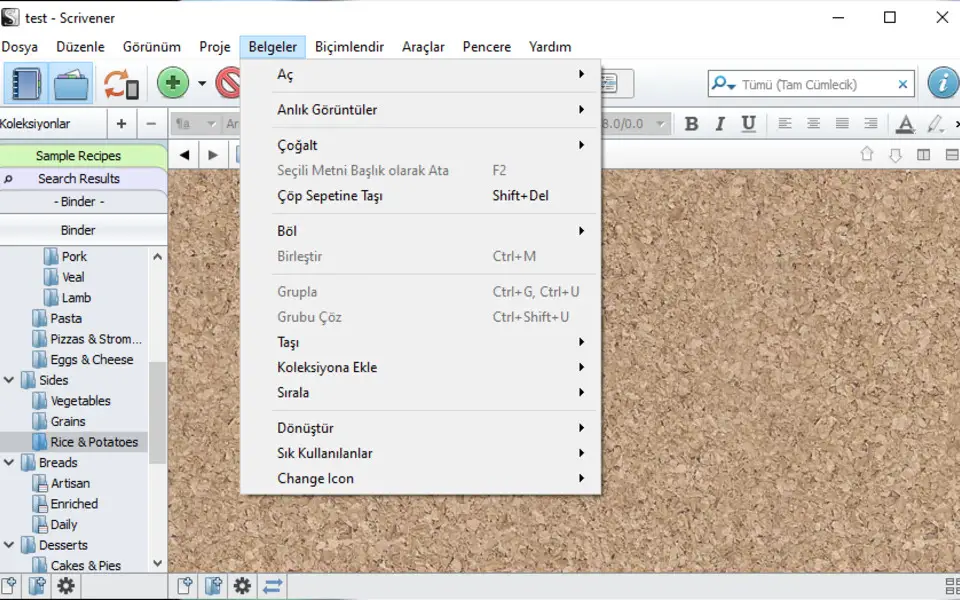

A bunch of documents in Scrivener that you do not want to sync to your timeline (yet, or ever)įrom there, you would perform the following actions:.A bunch of events in your timeline that you do not want to sync to Scrivener (yet, or ever).Some documents in your Scrivener project that you will want to bring Into your timeline now.Some events in your timeline that you will want to bring into Scrivener now.Initially, you would have some combination of the following items:

Let’s talk about your flow in Version 2 for a second. One way to think about this may be to simply consider the Narrative View (and Outline View) as a visual representation of what your Scrivener manuscript folder looks like. I would not expect to work on a Structure for my novel until I had completed the vast majority of my writing. My entire project is laid out on a sequential basis. Please let me know if it helpful, as it may make sense for me to convert this into a blog post instead. One alternative that I do know some users do is to keep all of their books together in a single Scrivener project, which would achieve a similar effect to what I describe, but work with the current version. It would be possible, but I suspect there is a lot of devil in those details.

#Scrivener not responding series
Scrivener projects) in your series should be arranged, and then effectively making one giant binder hierarchy that combines the manuscript across all Scrivener projects. I would imagine it would involve something like specifying the order in which the books (i.e. Syncing is hard enough to present clearly and in a usable interface when there are conflicts from two possible sources, let alone from 3 or more. Yes, that is one of the changes we made to accomodate the more automated syncing between Scrivener and our new narrative feature in the timeline.īeing able to support multiple Scrivener projects again is something I would be happy to explore further, but it will be a fairly difficult feature to get right.


 0 kommentar(er)
0 kommentar(er)
